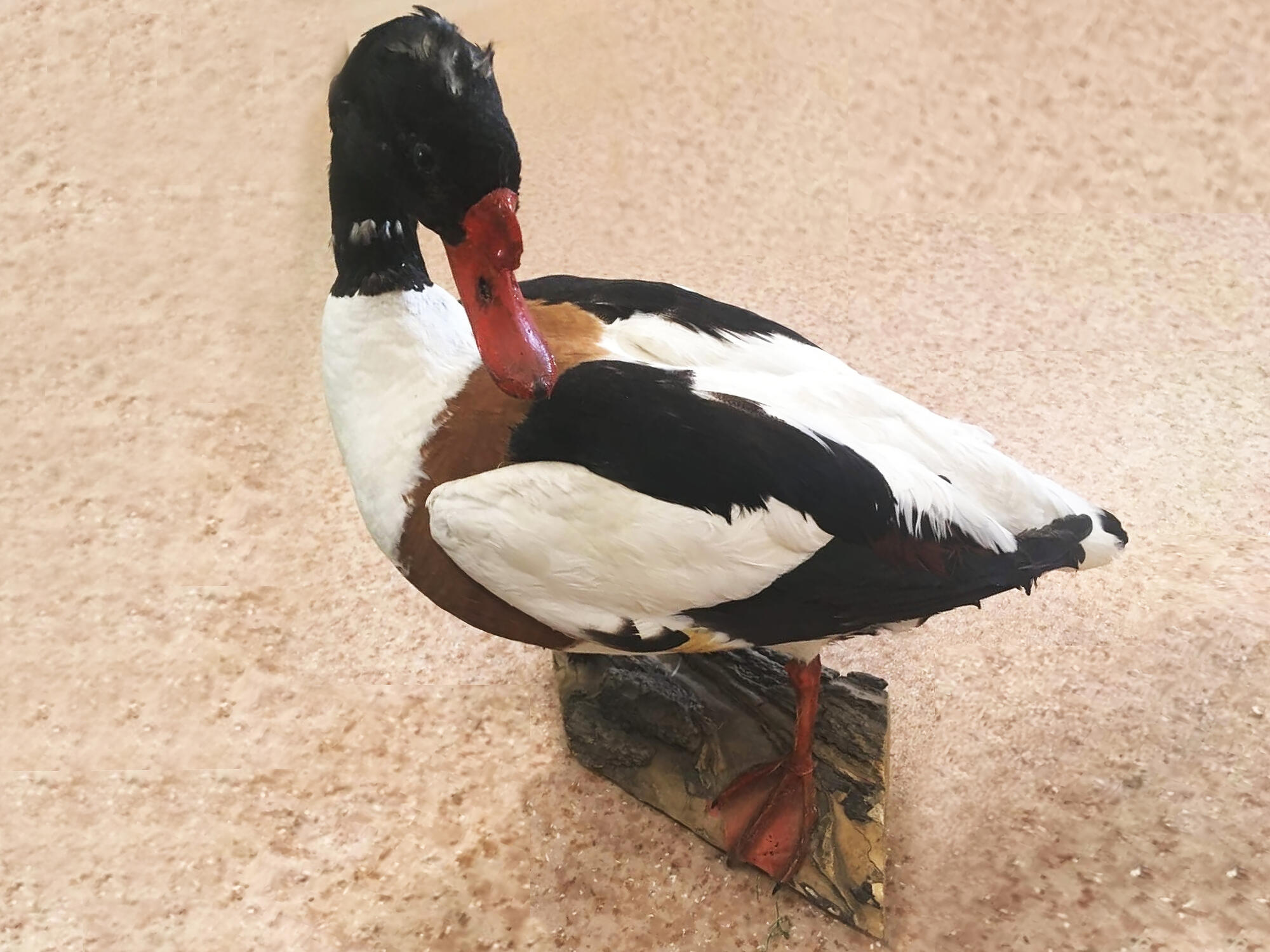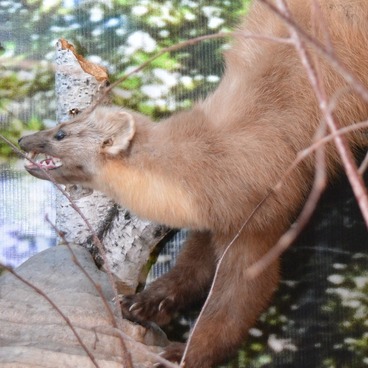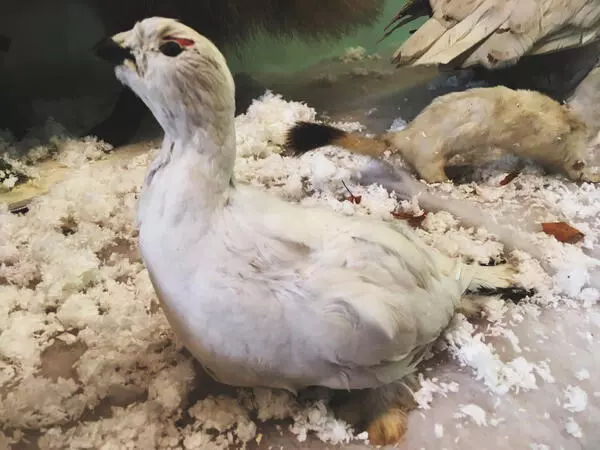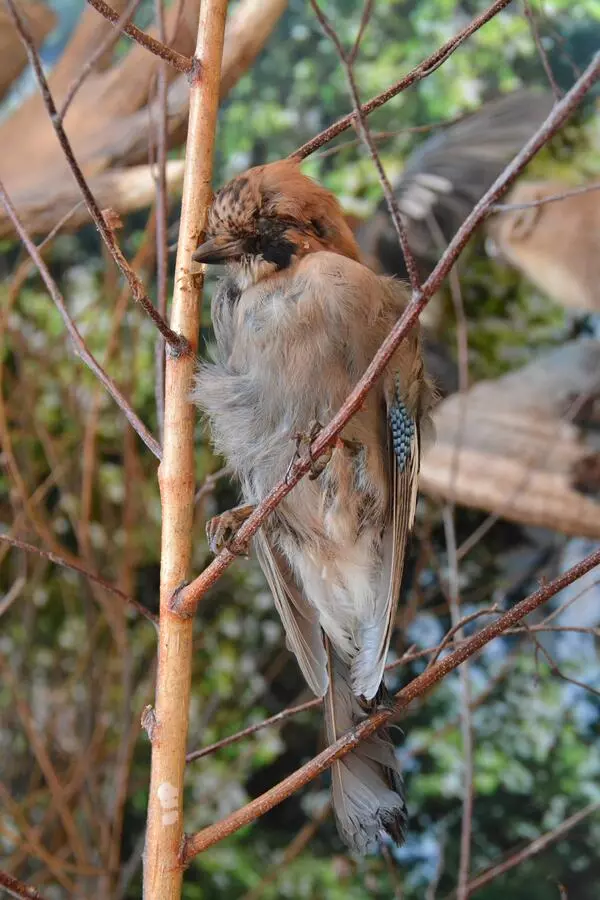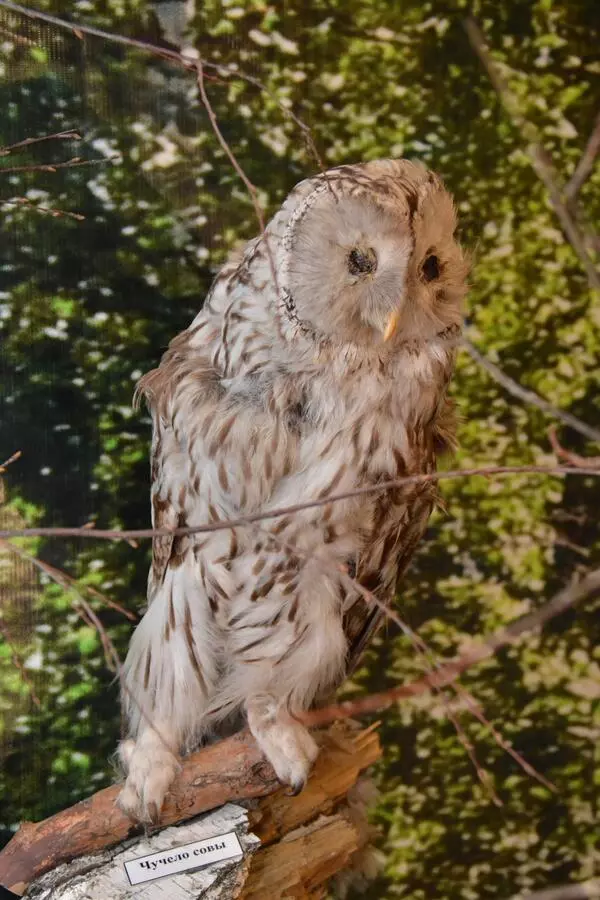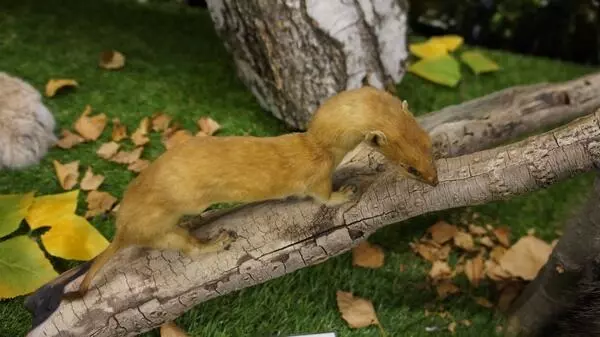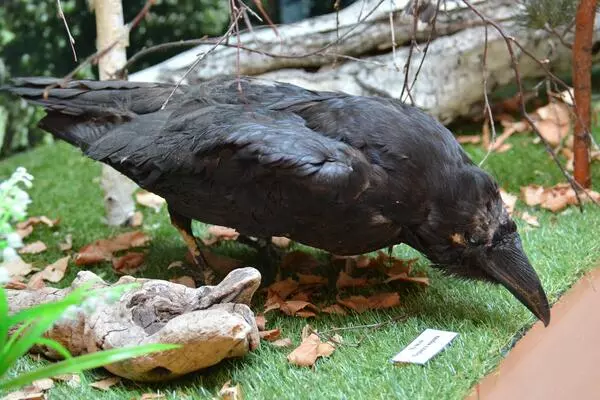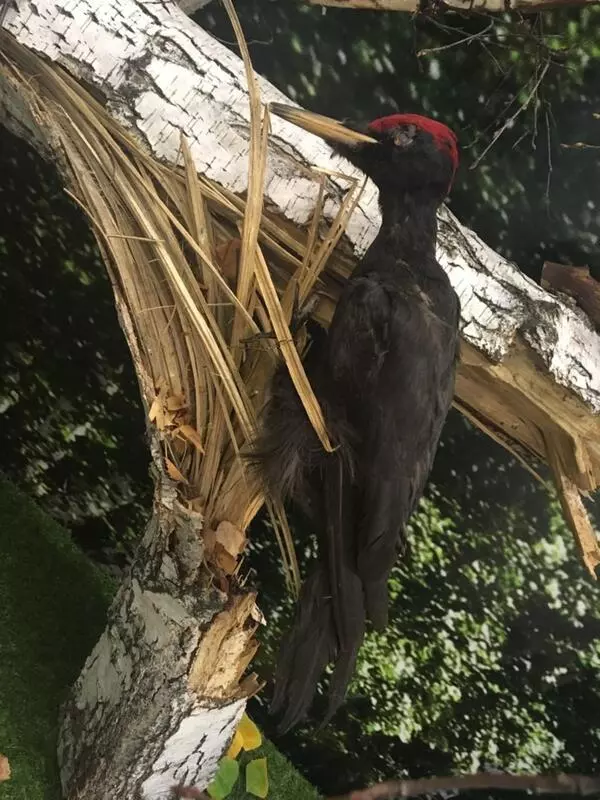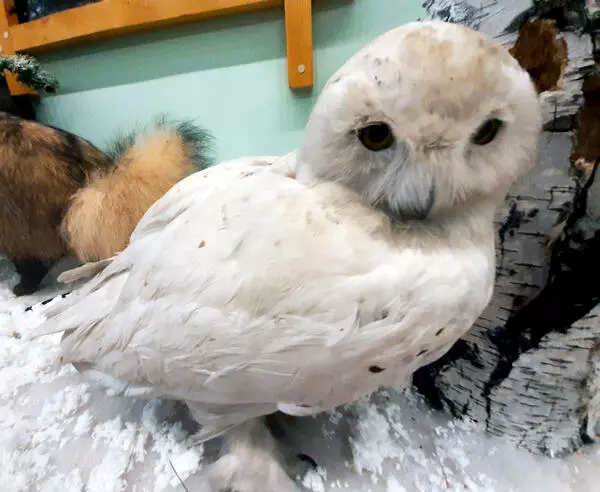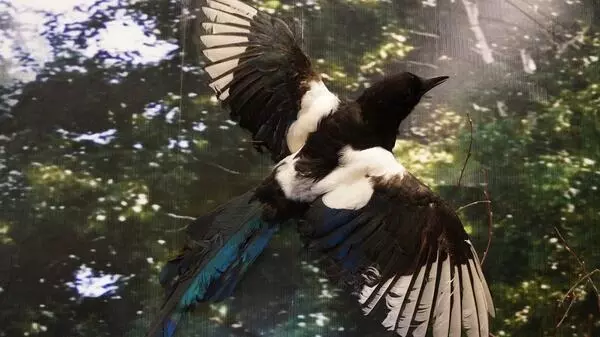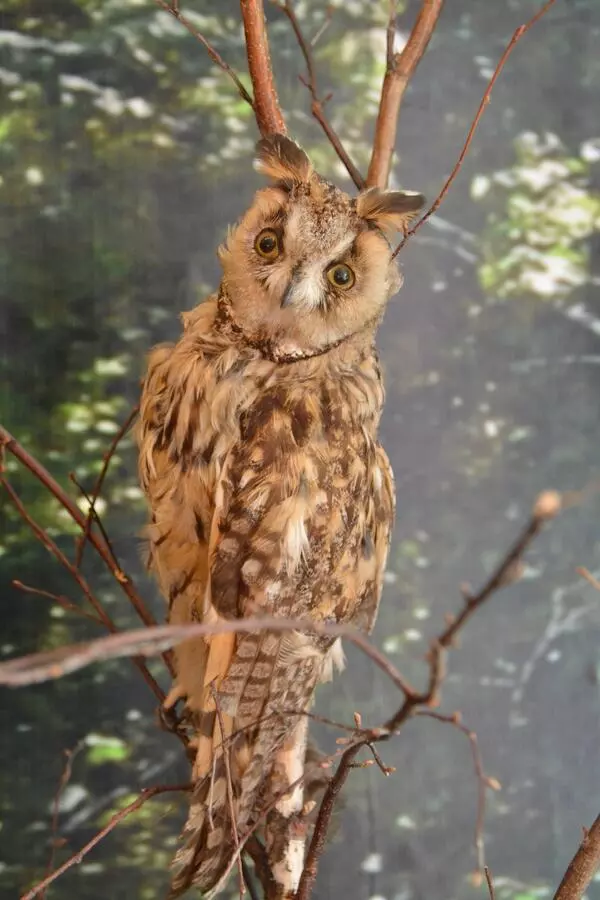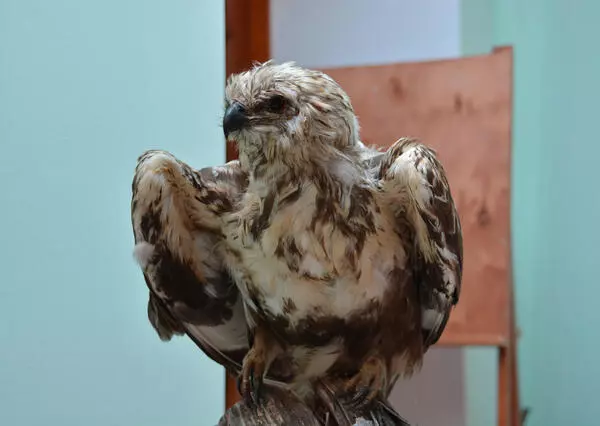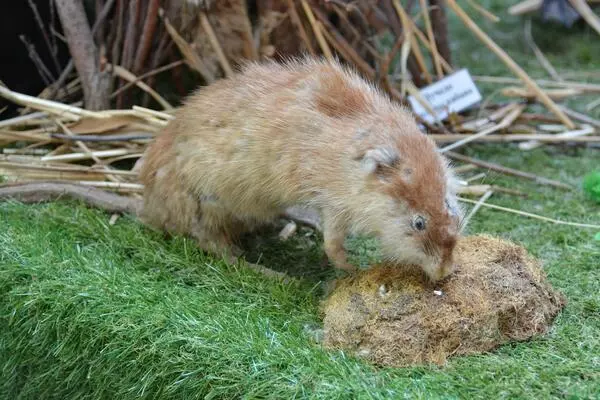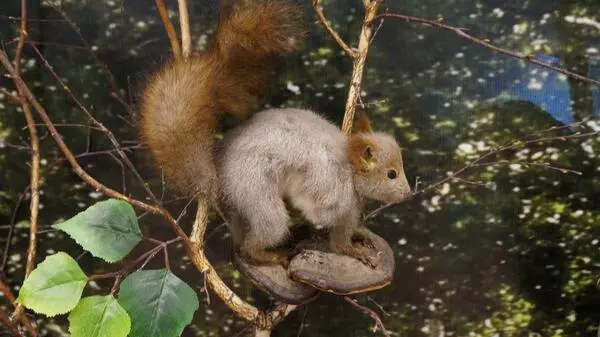The common shelduck is a large bird in the Anatidae /əˈnatəˌdē/ family. The bird is a borderland species between geese and typical ducks, resembling both of them in appearance and behavior. The common shelduck is rather large, noticeably larger than the mallard. It has an elongated neck, head, and legs. Its body measures up to 67 centimeters with a wingspan of up to 133 centimeters. The common shelduck’s distinctive feature is its contrast plumage mixing white, red, gray, and black. The coloring of its coat is similar to that of no other bird, which makes it easy to tell the common shelduck even from far away.
In Russia, the common shelduck inhabits islands of the White Sea in the north and grasslands and mixed grasslands in the south. Depending on the habitat, the bird is either sedentary or migrant. The common shelduck lives in pairs or small groups of six to eight birds. When grounded, the bird moves sure-footedly and swiftly, without the clumsiness usual in other ducks. It can run when alarmed and take wing fast. The common shelduck has no fear of human and let people come up closely.
The bird arrives to nesting grounds in pairs and early enough. Mating rituals involve the male chasing the female, craning its neck, spreading its wings, and making shrill sounds. There are occasional fights between males for territory. They will stand in front of each other, lower their bills, and try to move each other aside by pushing with the jowl. If one of the birds retreats, the other rushes to bite it at the neck.
The common shelduck nests on the bank of a water body or in close vicinity to it. It makes nests in a hollow in the ground, old burrows of other animals, occasionally in tree hollows, or artificial structures. The common shelduck usually lays 8 to 10 plain eggs of creamy color. Its ducklings are covered with hair and are quite independent—they feed with their parents afloat on water. Unlike most ducks in the family, the male of the common shelduck takes part in taking care for ducklings but usually leaves the nest before the female.
Its diet mostly includes animals. The common shelduck feeds on small crustAceans, mussels, and water insects. In inland water, the bird feeds afloat but never dives, unlike most ducks. On the shore, the common duck often feed during the low tide by intensively filtering the mud through its bill.
In Russia, the common shelduck inhabits islands of the White Sea in the north and grasslands and mixed grasslands in the south. Depending on the habitat, the bird is either sedentary or migrant. The common shelduck lives in pairs or small groups of six to eight birds. When grounded, the bird moves sure-footedly and swiftly, without the clumsiness usual in other ducks. It can run when alarmed and take wing fast. The common shelduck has no fear of human and let people come up closely.
The bird arrives to nesting grounds in pairs and early enough. Mating rituals involve the male chasing the female, craning its neck, spreading its wings, and making shrill sounds. There are occasional fights between males for territory. They will stand in front of each other, lower their bills, and try to move each other aside by pushing with the jowl. If one of the birds retreats, the other rushes to bite it at the neck.
The common shelduck nests on the bank of a water body or in close vicinity to it. It makes nests in a hollow in the ground, old burrows of other animals, occasionally in tree hollows, or artificial structures. The common shelduck usually lays 8 to 10 plain eggs of creamy color. Its ducklings are covered with hair and are quite independent—they feed with their parents afloat on water. Unlike most ducks in the family, the male of the common shelduck takes part in taking care for ducklings but usually leaves the nest before the female.
Its diet mostly includes animals. The common shelduck feeds on small crustAceans, mussels, and water insects. In inland water, the bird feeds afloat but never dives, unlike most ducks. On the shore, the common duck often feed during the low tide by intensively filtering the mud through its bill.
